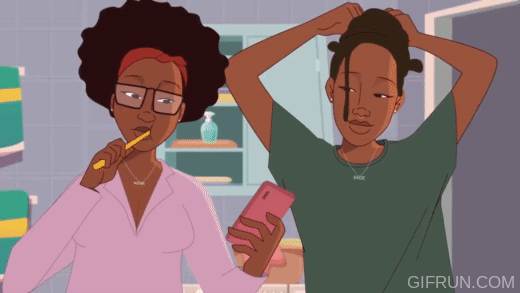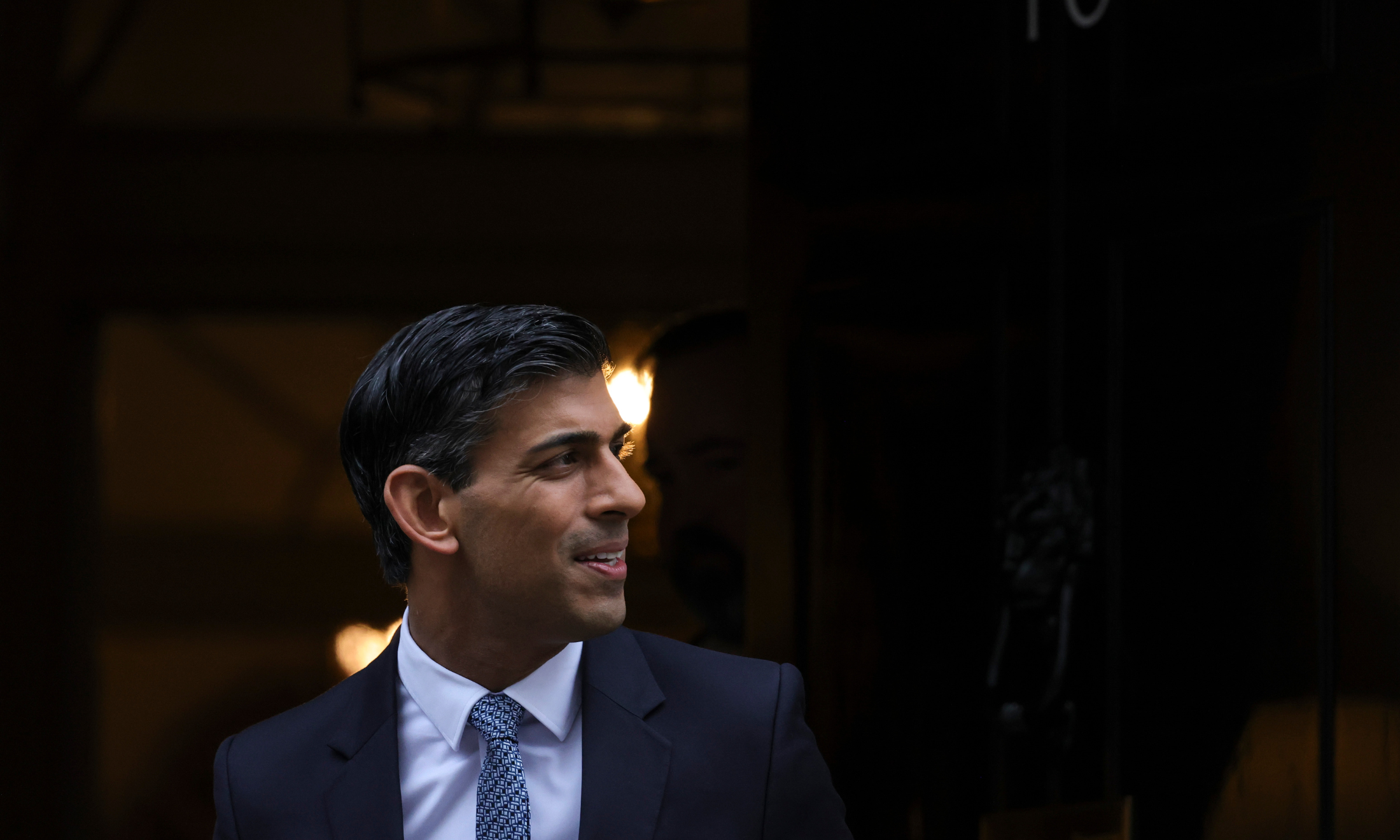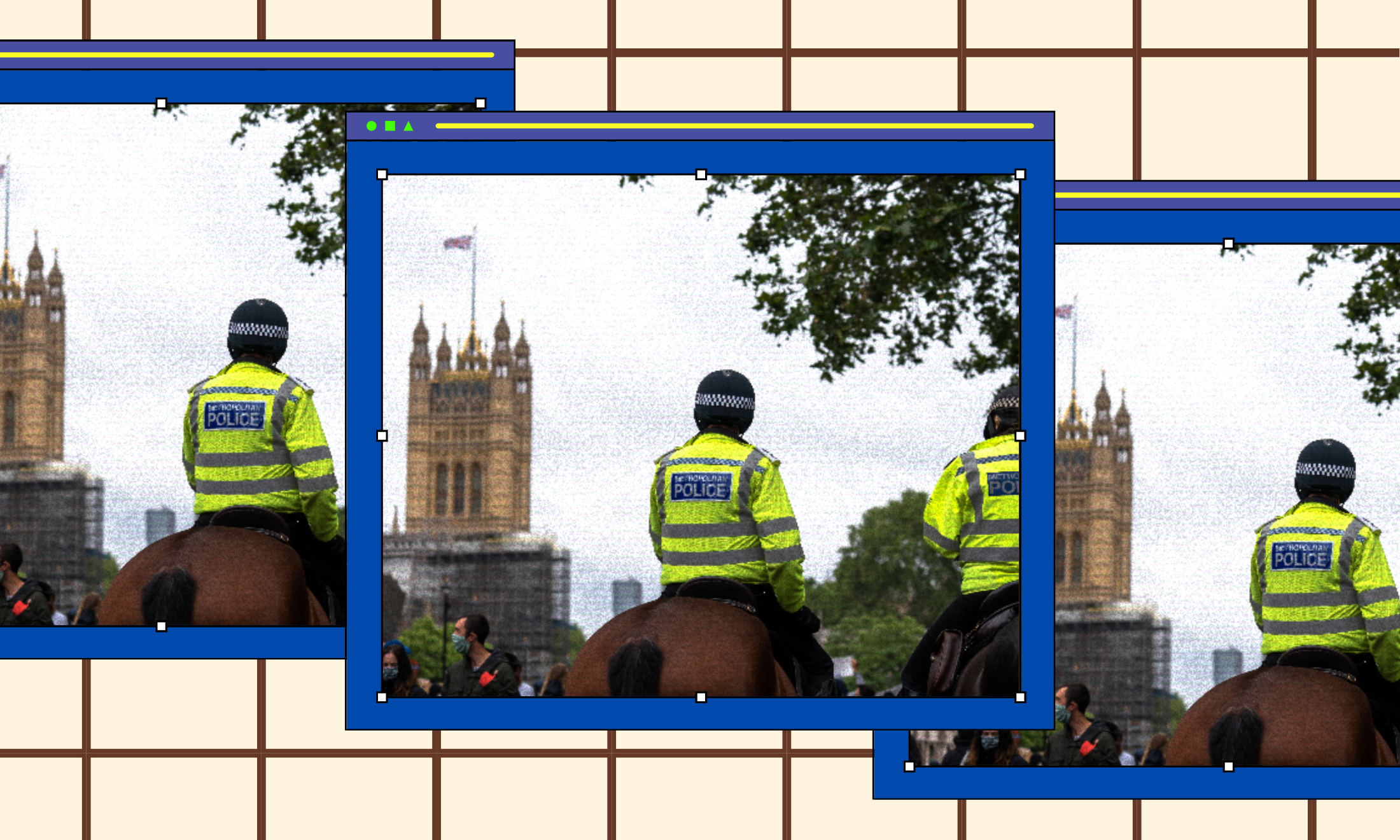
There is an image which will follow the 2017 Whitney Biennial. It’s not, as would be expected, one of the artworks on display. Instead it is a photograph, taken from inside the exhibition, of the artist Parker Bright; their arms are in front of them holding their jacket, stance firm, feet shoulder width apart. On the back of their T-Shirt are the words: ‘BLACK DEATH SPECTACLE’. They face the painting ‘Open Casket’ by Dana Schutz, a re-interpretation of the famous photograph of young Emmett Till’s brutalised body at his open casket funeral. On each side of the frame, the image of Bright is being re-produced in the phone screens of the individuals standing behind them.
The camera phone is a millennial tool for protest. It allows its handler to both document and publicise an event almost instantly. In this image from the Whitney, we see both the event – Bright’s protest against Open Casket by obscuring the painting from view – and, through the lens of a smartphone, the documentation of it. When the protest initially took place, Bright used Facebook’s Live feature to record the protest themself, and publish it as it happened in real time. “I don’t feel that it’s doing any justice,” Bright says of the painting on camera, “I feel like she doesn’t have the privilege to speak for black people as a whole or for Emmett Till’s family.” This moment can now be rewatched via their Facebook page for as long as the setting is public.
When Facebook began marketing their Facebook Live feature, the commercials visualised black people making the most of the feature. The man bragging about being at the beach, or the child afraid of hair clippers. Yet underneath the good humour of the adverts, there is an eery and unspoken necessity for this software and how it might be used by black people. Just as Bright used it for protest, Diamond Reynolds used it to live broadcast the death of her boyfriend, Philando Castile, who was shot when pulled over by a Minnesota police officer in July, 2016. Facebook Live is not just beach holidays and bouncing babies for black people; it’s a means to ensure that there is a documented and public paper trail of the violence enacted against black bodies.
“The camera phone is a millennial tool for protest.”
Since the death of Trayvon Martin and the formation of the Black Lives Matter movement in 2013, camera recordings have been positioned on the side of black liberation. A proposed ‘Mike Brown Law’ called for officers to require wearing body cameras on duty, and the right to film police is listed as one of ten policy solutions in ‘Campaign Zero’ to reduce police brutality. In their role of recording acts of violence on black bodies, camera phones provide evidence to support what is often considered a secondary reality: that black bodies can also be vulnerable and at threat in public space. The camera is more respectable and more credible than accounts from the eye of black folk themselves. Camera phones provide the illusion of being able to document reality in a format that cannot be denied.
But what happens when the camera is not such a credible witness? In 1977, in her essay collection ‘On Photography’, Susan Sontag wrote that “though an event has come to mean, precisely, something worth photographing, it is still ideology (in the broadest sense) that determines what constitutes an event…What determines the possibility of being affected morally by photographs is the existence of a relevant political consciousness.” A video of an unarmed black man being fired at by state police may not, of itself, elicit a moral empathy. Not if there are conflicting ideologies at play, especially ones that automatically correlate the image of a black man with that of a guilty man.
In the case of the death of Mike Brown, CCTV footage from the moments before he was shot by the police in 2014 appeared to show him stealing cigarillos from a local store. This footage, of a crime allegedly being committed, was largely used to justify the police altercation and subsequent death that followed. Now, conflicting footage has surfaced from the previous day, which appear to show Brown engaging in some sort of trade of the cigarillos with the shop owners. This narrative is very different to one of robbery. Video footage is only credible evidence insofar as the narrative provided to explain it is credible too.
And, despite there being clear video evidence of Eric Garner complaining he could not breathe whilst in a state enacted chokehold seconds before he died, a grand jury decided not to indict the officer whose arms were wrapped around his neck. When even the clearest footage cannot convince juries to hold an active subject responsible for their actions, this motivates a need to provide more footage, more “proof”. And so the images of brutalised black bodies are constantly reproduced.
“Camera recordings have been positioned on the side of black liberation.”
When Dana Schutz explained her motivation for reproducing another of these images with “Open Casket”, she said “I made this painting in August of 2016 after a summer that felt like a state of emergency—there were constant mass shootings, racist rallies filled with hate speech, and an escalating number of camera-phone videos of innocent black men being shot by police. The photograph of Emmett Till felt analogous to the time: what was hidden was now revealed.”
She does not name Alton Sterling, or Philando Castile, both of whom died in July, 2016 and had their deaths recorded on phones by eye-witnesses. Instead, she identifies them as “innocent black men being shot”. This is the narrative that this kind of camera footage provides; it will rarely give full names. It will rarely provide humanising details. Its aim is to document in anticipation of the worst. And yet, Schutz seems to perceive the camera as revealing more, not less, about current race relations, as revealing something which was once hidden. But the documentation of these injustices has always happened in the open. The photograph of Emmett Till’s casket is a testimony to that.
“I’m very interested in how the painting functions versus how the actual photographs of Emmett Till function,” Christine Sharpe said in a recent interview with Hyperallergic about Open Casket. “They weren’t meant to create empathy or shame or awareness from white viewers. They were meant to speak to and to move a Black audience.” Rather than comparing this function to Dana Schutz painting, it’s also interesting to compare the function of Emmett Till’s photograph to similar reproductions of police brutality in this millennium. Today, footage recorded of police brutality is circulated worldwide. It’s not shared in forums for black people, but rather on social media which all groups of people have access to. It is no longer “hidden” from audiences like Schutz. The function of moving a black audience has been long past the point; the function now is to move everyone else.
The problem is, as Sontag wrote, “photographs shock in so far as they show something novel. Unfortunately, the ante keeps getting raised – partly through the very proliferation of such images of horror”. That Schutz can name Till, (the photographs of whom were novel, unheard of, at the time), but not Sterling, or Castile or any of the other “innocent black men” to which she refers, is proof of how the ante is being raised. The proliferation of images of black men dying have made each individual death more obscure. Where Till’s image had the power to shock at the time when it was released, these images are commonplace today. The public has become numbed, struggling to view each death as an individual loss of life, but rather as morbid cultural artifacts, analogous to this time or that.
It’s a paradox, one that Bright notes succinctly with the slogan on their T-shirt; black death is a spectacle. The more black people document the violence enacted upon their bodies and circulate them in a public forum, the more these images become a spectacle. When assuming the camera can show reality as is, as having a neutral gaze, we are tricked into thinking it works as a tool to support the fight for black liberation. In reality, it doesn’t always play out this way. The camera can not, truly, be neutral. There is no such thing. “If you are neutral in situations of injustice,” to steal a phrase from Desmond Tutu, “you have chosen the side of the oppressor”. The camera is no exception.









